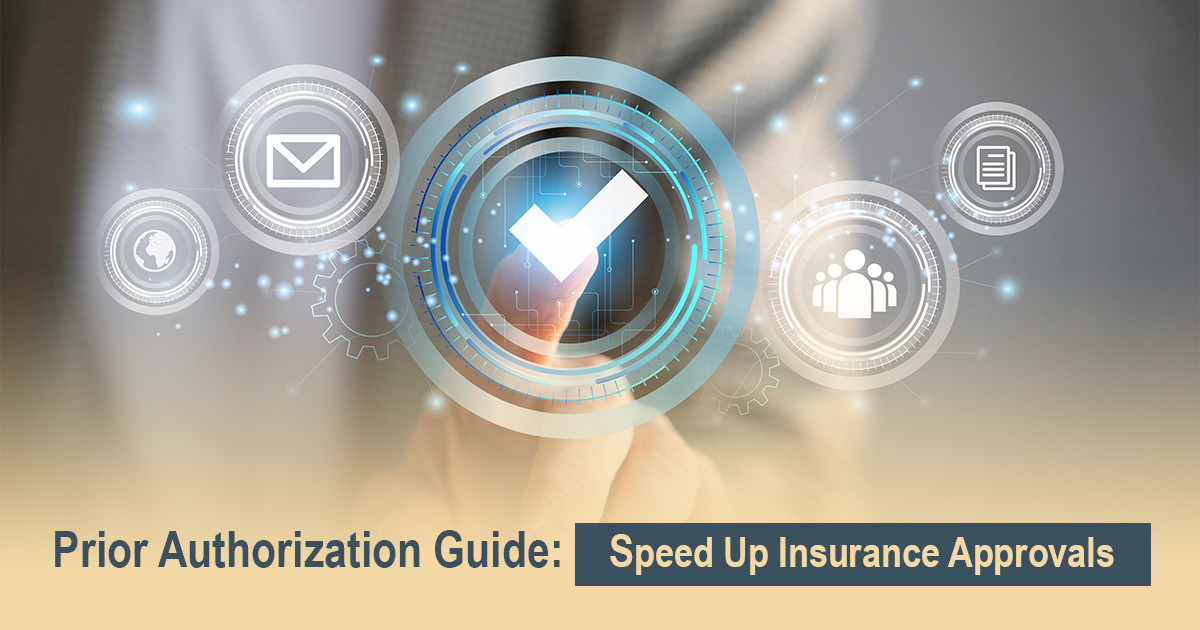Key Takeaways
- Prior authorization is required for many high-cost services and medications.
- Poor Prior authorization processes can lead to denied claims, delayed treatments, and cash flow issues.
- Educating patients and timely follow-up are critical to success.
- Outsourcing prior authorization management can save time and reduce denials for busy practices.
Learn how prior authorization works, why insurers require it, and proven strategies to avoid delays:
In today’s healthcare environment, Medical Prior Authorization has become a routine but often frustrating part of the revenue cycle. While it’s designed to control costs and ensure medical necessity, it frequently leads to treatment delays, increased paperwork, and claim denials, especially when mishandled.
At One O’Seven RCM, we understand how time-consuming the PA process can be for both providers and patients. In this blog, we break down what prior authorization means, why it’s required, the most common challenges, and how to streamline the process to protect your practice’s cash flow and enhance the patient experience.
What Is Prior Authorization?
Medical prior authorization is a critical process in which healthcare providers must obtain approval from insurance payers before administering certain treatments, diagnostic tests, or prescriptions. This step ensures that the service is medically necessary and covered under the patient’s insurance plan.
Typical services that require medical prior authorization include:
- Advanced imaging (CT, MRI)
- Surgeries
- Specialty medications
- Durable medical equipment (DME)
- Certain lab tests or therapeutic procedures
Failing to secure prior approval can lead to claim denials—even if the care provided is clinically appropriate.
This insurer-mandated step plays a key role in:
- Ensuring treatments follow evidence-based guidelines
- Controlling unnecessary healthcare costs (estimated at over $50 billion annually in avoidable spending)
- Confirming that cost-effective alternatives (such as generic medications) were considered
Adopting prior authorization best practices, such as early verification, documentation consistency, and payer-specific workflows, helps minimize delays, reduce denials, and maintain steady revenue flow for healthcare providers.
Why It Frustrates Everyone:
- Delays Care: 92% of doctors report PA-related treatment holdups.
- Administrative Burden: Providers spend 13+ hours weekly on PA paperwork.
The Step-by-Step Prior Authorization Process
- Initiation: Your provider identifies a service requiring PA (e.g., MRI, surgery, specialty drug).
- Documentation Submission:
- Clinical notes proving medical necessity.
- Patient history and failed treatments (e.g., cheaper drug didn’t work).
- Correct CPT/ICD-10 codes.
- Insurer Review:
- Timeline: Urgent requests: 24–72 hours. Non-urgent: 5–14 days.
- Reviewers: Nurses or AI tools assess against coverage policies.
- Decision:
- Approval: Proceed as planned.
- Denial: Often due to missing data or “not medically necessary.”
Why Is Medical Prior Authorization So Time-Consuming?
Despite its role in controlling unnecessary healthcare costs, the prior authorization process is often seen as a major challenge for medical practices. Without applying prior authorization best practices, the process can quickly become:
- Inconsistent across different payers
- Dependent on extensive clinical documentation
- A significant administrative burden for staff
According to the AMA, 88% of physicians report care delays due to prior authorization, while 34% say it has contributed to serious adverse patient outcomes. Implementing prior authorization best practices can help reduce these issues and create a more efficient workflow.
The Financial Impact on Your Practice
Without a strong prior authorization process in place, your practice risks:
- Claim denials and non-payment
- Delays in patient scheduling or treatment
- Increased workload on your billing or front-desk team
- Poor patient satisfaction and retention
Delayed authorizations lead to delayed revenue, impacting overall cash flow and profitability.
How to Improve Your Prior Authorization Process
1. Create a Centralized Authorization Workflow
Designate a dedicated team or individual to handle all prior auth requests, ensuring consistency and faster turnaround.
2. Use Technology and Automation
Integrate electronic prior authorization (ePA) tools with your EHR/EMR systems to auto-check requirements and submit requests digitally.
3. Know Your Payers
Maintain a database of each payer’s rules, approval timelines, and contact details. This avoids last-minute surprises.
4. Educate Patients
Let patients know in advance if their services require authorization, so expectations are managed and delays are reduced.
5. Track and Follow Up
Build a daily routine for checking status, updating records, and following up on pending or delayed approvals.
6. Partner with an RCM Company
A trusted partner like One O’Seven RCM can manage the PA process from start to finish, reducing administrative burden and improving claim success rates.
The Future of Medical Prior Authorization
- Automation: AI is reducing approval times (e.g., Humana’s 86% auto-approval rate for low-risk claims).
- Policy Shifts: CMS now requires insurers to respond in 72 hours for urgent requests.
- Patient Tools: Apps track PA status in real-time.
Final Thoughts
Prior authorization doesn’t have to be a roadblock. With the right tools, training, and workflows, your practice can cut down delays, increase approvals, and ensure smoother billing cycles.
At One O’ Seven RCM, we help medical practices manage prior authorization efficiently, so you can focus on delivering quality care while we handle the administrative load.
Contact us today to learn how we can support your practice.

